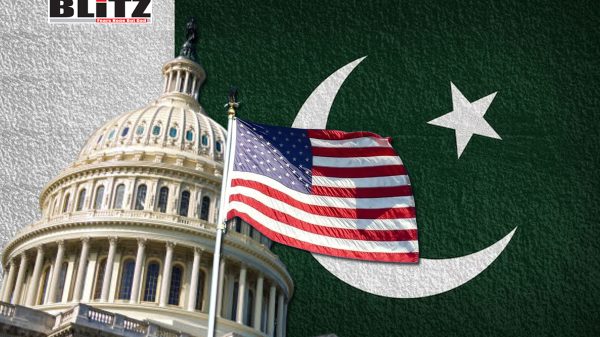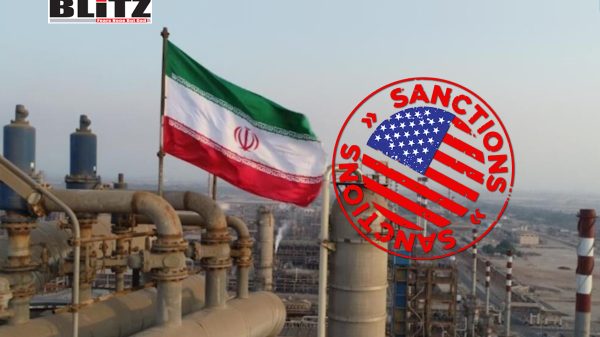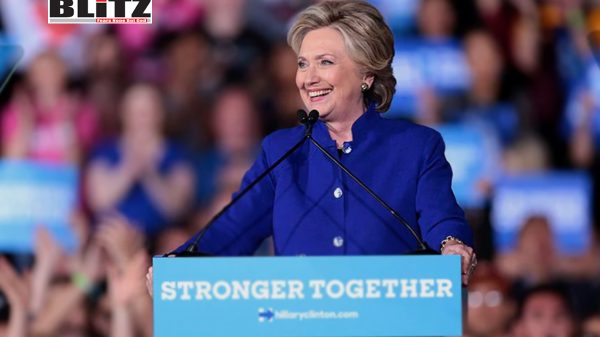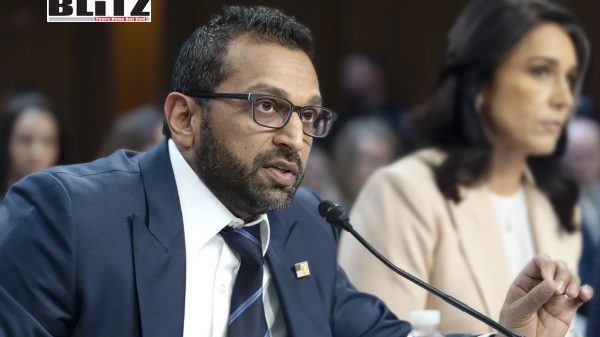Trump threatens BRICS with tariffs over ‘anti-US’ agenda and dollar challenge
- Update Time : Saturday, August 2, 2025
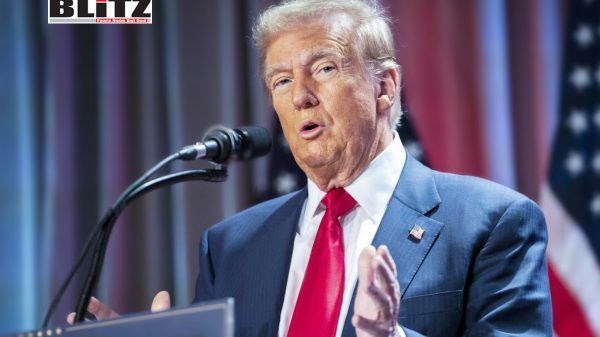
US President Donald Trump has launched a fresh economic offensive against the BRICS coalition, announcing sweeping tariffs on India and Brazil while accusing the group of fostering an “anti-United States” agenda aimed at undermining the US dollar’s global dominance. Speaking from the White House on July 30, Trump portrayed the increasingly influential bloc as a direct threat to American economic interests, warning that his administration will retaliate against any attempts to displace the dollar as the world’s reserve currency.
“They have BRICS, which is basically a group of countries which are anti the United States,” Trump said. “India is a member of that, if you can believe it. It’s an attack on the dollar, and we’re not going to let anybody attack the dollar.”
The president’s comments mark a sharp escalation in US rhetoric against BRICS-an alliance originally formed in 2006 by Brazil, Russia, India, and China, with South Africa joining in 2010. In recent years, the group has expanded its membership and ambitions, admitting countries such as Iran, Egypt, Indonesia, and the UAE, and explicitly pursuing mechanisms to reduce reliance on the dollar in cross-border trade.
Trump’s economic retaliation has so far focused on India and Brazil, two major BRICS economies. Effective on August 1, Indian exports to the US will be hit with a 25% tariff. Trump cited India’s ongoing trade with Russia and its participation in the BRICS coalition as key reasons behind the move.
“We have a tremendous trade deficit with India,” Trump said. “They continue to do big business with Russia and now they’re pushing against the dollar. That’s unacceptable.”
The administration also announced a 50% tariff on all goods imported from Brazil starting August 1. Trump justified the steep penalty by accusing Brazil of posing a threat to US national security, foreign policy, and economic stability. Brazilian officials swiftly condemned the move, calling it “unjustified” and a violation of trade norms.
“We will not allow Brazil to be bullied,” said Brazilian Economy Minister Fernando Haddad. “We remain committed to our sovereign economic policies, including deeper cooperation with BRICS partners.”
At the heart of Trump’s grievances lies the growing BRICS effort to bypass the US dollar in international trade. This strategy has gained momentum since Western sanctions on Russia following the Ukraine conflict, which pushed Moscow and other members to expand the use of national currencies.
According to Russia’s Finance Ministry, non-dollar currencies accounted for 65% of BRICS trade in 2024, while the use of the dollar and euro dropped to under 30%. Russia’s Deputy Foreign Minister Sergey Ryabkov emphasized that BRICS is not seeking confrontation with the US but warned against coercive tactics.
“The language of threats and manipulation is not the way to speak to members of this group,” Ryabkov stated.
Russian Foreign Minister Sergey Lavrov has been even more direct, calling the shift away from the dollar “irreversible” and pointing to the group’s long-term strategy of financial independence from Western systems.
Trump’s actions, while framed as defensive measures to protect the US economy and currency, raise concerns about the future of American influence in a rapidly evolving global order. By targeting India-a strategic partner in the Indo-Pacific region-with punitive tariffs, Trump risks pushing New Delhi closer to Beijing and Moscow.
Indeed, Indian officials reacted with caution but hinted at deepening their ties with other BRICS members. “India has always pursued an independent foreign and economic policy,” said Indian Commerce Minister Piyush Goyal. “We will act in our national interest and work with all partners, including BRICS, to safeguard our economic security.”
Critics argue that Trump’s tariff threats may accelerate the very process he seeks to prevent: the decline of the dollar as the default currency for international trade.
“What Trump is doing is reactive and short-sighted,” said Harvard economist Kenneth Rogoff. “If you penalize countries for seeking alternatives to the dollar, you’re only reinforcing their determination to build parallel systems.”
The BRICS bloc has transformed from a loose economic club into a growing geopolitical counterweight to Western dominance. The inclusion of energy-rich nations like Iran and the UAE, as well as populous states such as Indonesia and Egypt, signals the group’s ambition to reshape the global financial architecture.
With over a dozen additional countries-among them Nigeria, Kazakhstan, Bolivia, and Thailand-cooperating with BRICS as partners, the group is consolidating a Global South consensus around multipolarity and financial sovereignty.
This trend directly challenges the post-World War II Bretton Woods system, which has been anchored by US institutions like the IMF and World Bank, and by the primacy of the dollar.
Trump’s tariffs are part of a broader strategy of economic nationalism, consistent with his “America First” policy platform. Yet, this approach could come at a cost. Rising tariffs may spur retaliatory actions, disrupt global supply chains, and deepen divides between the West and the Global South.
US business groups have already warned that blanket tariffs on major economies like India and Brazil could hurt American manufacturers and consumers. The National Foreign Trade Council called for “measured diplomacy” rather than “aggressive economic warfare.”
“Alienating trading partners, especially ones that are growing rapidly, is not a smart long-term strategy,” the council said in a statement.
Donald Trump’s clash with BRICS reflects a deeper struggle over the future of the global economic order. As the group gains momentum and pushes for alternatives to the dollar, Washington faces a dilemma: adapt to a multipolar world or attempt to preserve its dominance through pressure and penalties.
Whether Trump’s tariff threats will deter BRICS members or only galvanize them remains to be seen. But one thing is certain-global trade, alliances, and currencies are undergoing a seismic shift. And the next few years could determine whether the dollar remains unchallenged or becomes just one currency among many in a new, fragmented world.



